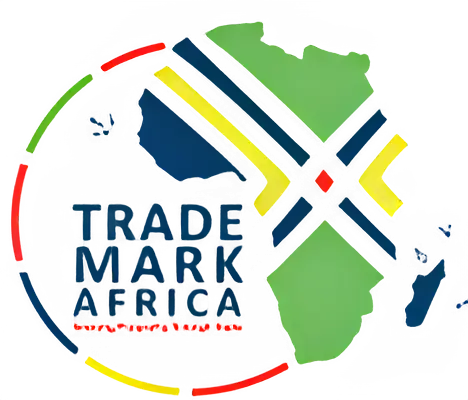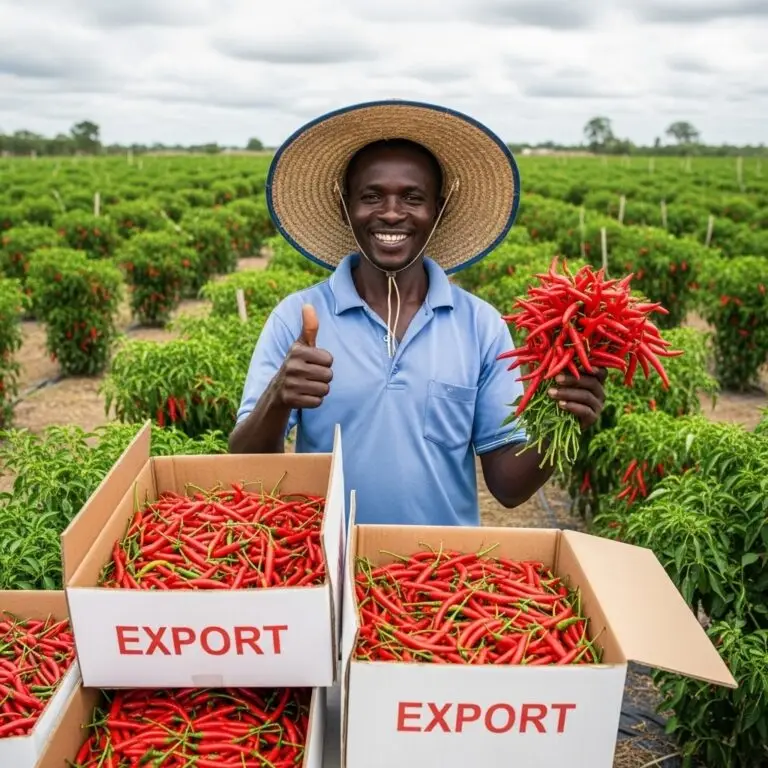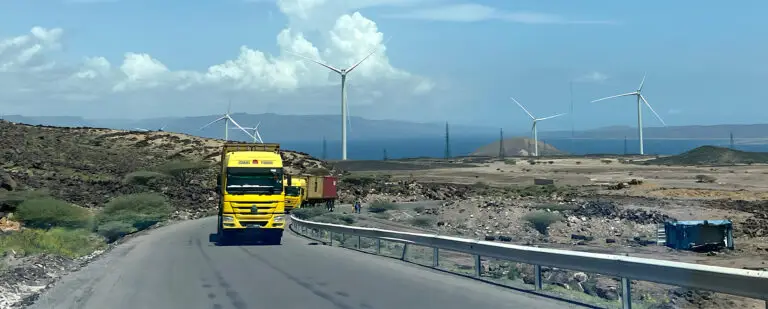Trade & Investment Environment
TMA takes a multi-level approach, addressing the three key levels of coordination necessary: continental, regional, and national.
Continental Coordination
Regional Coordination
National Coordination
The creation of the AfCFTA and revitalisation of Regional Economic Communities provide a major opportunity to boost intra-African trade and drive the structural transformation of trade on the continent, through enhanced integration of trade policy, and the reduction of non-tariff barriers (NTBs) to trade.
TMA takes a multi-level approach, supporting policy reform, institutional strengthening and investment in corridor connectivity at three key levels of coordination: continental, regional, and national. This ensures that agreements translate into real outcomes: smoother cross-border trade, more diversified exports, digital solutions that cut bureaucracy, and greater private sector engagement in trade and investment.
The Trade and Investment Environment Strategy (2024–2030) targets four areas: First, operationalisation of trade and investment instruments such as NTB frameworks, trade remedies, and services protocols. Second, improved market access through policy reform, standards alignment, and trade in services liberalisation. Third, enhanced corridor and border management, with stronger data systems, regulatory transparency and digital solutions. Finally, expanded regional value chains, driven by export strategies and private sector capacity building.
These interventions are informed by a UNECA assessment determining that Africa’s share of global trade remains below 3%, and foreign direct investment declined by 3% in 2023 according to 2024 World Investment Report. While intra-African trade has grown modestly, it still accounts for only 15% of total trade pointing to a structural underperformance that this strategy aims to reverse.
Implementation will be both agile and anchored. Guided by a rigorous M&E framework, the strategy will be delivered in collaboration with national governments, regional economic communities, and the private sector. A multi-level funding strategy will mobilise donor support for targeted, high-impact interventions across countries and corridors.
AfCFTA Secreteriat
Support the AfCFTA Secretariat to develop continental trade instruments and policies that will contribute to: the reduction of barriers to trade across the continent; increased economic integration; and an improved trading environment for African business.
Regional Economic Communities
Support RECs to facilitate intra-regional trade, work with AfCFTA to domesticate continental trade instruments, and enhance inter-regional cooperation.
Government Ministries, Departments and Agencies
Work with port and transport corridor authorities, national governments, and trade institutions to domesticate continental and regional policies, implement digital solutions, harmonise standards, and resolve non-tariff barriers.
Simplification, Standardisation and Harmonisation
Support simplification, standardisation and harmonisation of cross-border regulations, processes and procedures that guide the clearance and movement of goods across regional and continental borders and to the rest of the world.
Private Sector Capacity Building
Enable the private sector to shape and respond effectively to trade policy, by building the capacity of private sector bodies.
Big Data Initiative
Generate data on both trade flows and trade corridor barriers, using trade and transport observatories. On the continental level, this means supporting the development of a continental trade ‘big data initiative’ and trade reporting.
2010-2024
TMA’s partnership with the East African Community (EAC) on the monitoring and resolution of non-tariff barriers (NTBs) has led to a reduction in the average time to resolve NTBs—from 524 days in 2015 to 77 days in 2021. This improvement raised the NTB resolution rate to 95% in 2022, up from 76% in 2015, resulting in increased exports and intra-EAC trade.
(Source: Impact of NTBs in EAC Trade Study)
Rwanda’s resolution of non-preferential treatment for rice from Tanzania led to a significant increase in exports—from 3.2 million kgs to 59 million kgs, valued at over $35 million by 2020.
(Source: ibid)
The 2016 resolution of the NTB on bar soaps between Kenya and Uganda led to increased trade—from 148,000 kgs in 2018 to 2.3 million kgs in 2020, valued at $1.5 million.
(Source: ibid)
-
Resilient and Inclusive Trade
-
Quality and Value of Traded Goods
-
Digital Trade Systems
-
Physical Connectivity: Ports, Borders, Roads
-
Greening Trade






